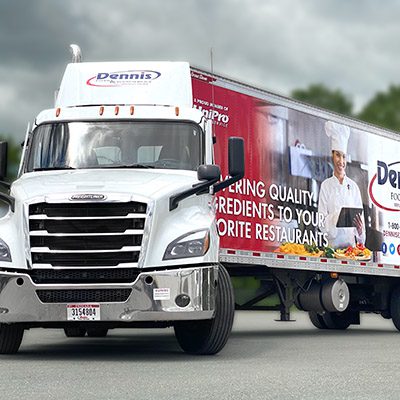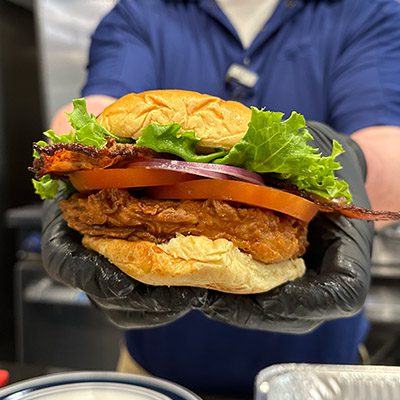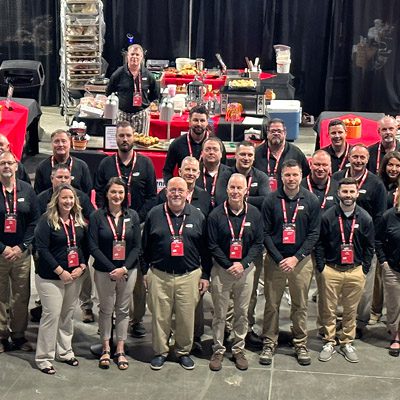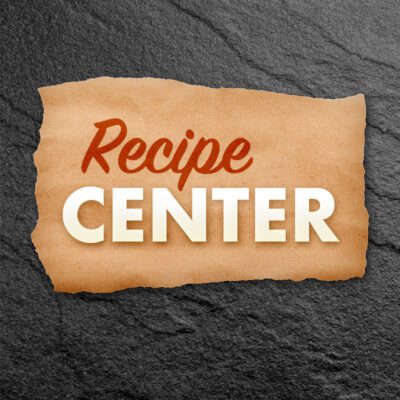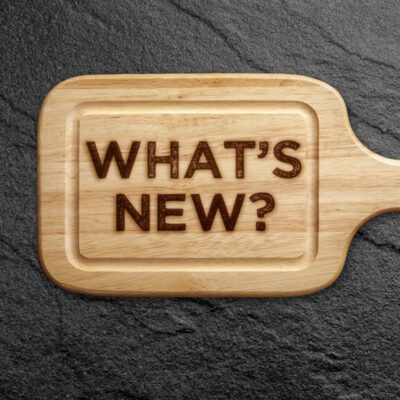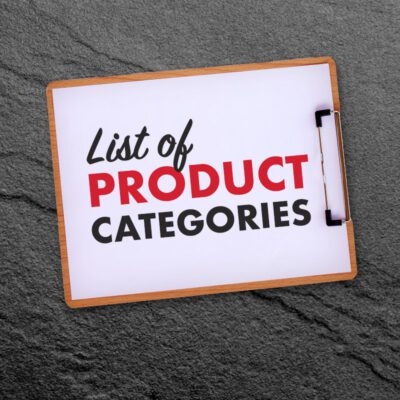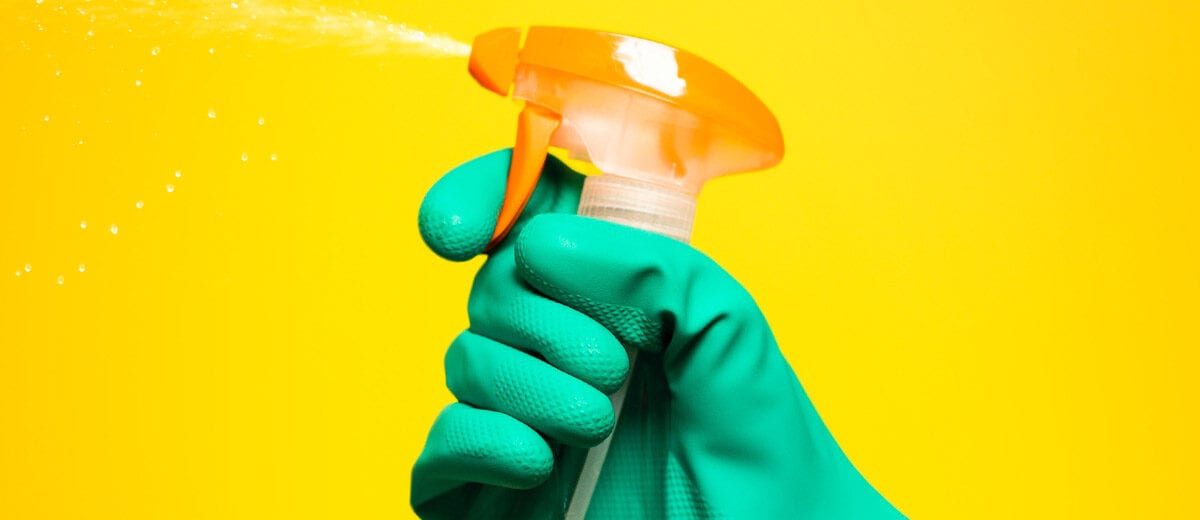
How to Organize Cleaning and Sanitation in the Back of the House
Cleanliness is vital throughout the restaurant, but there is no section of the house where sanitation needs to be job No. 1 more than the kitchen. The health of your customers, quality of your food, and efficiency of your staff depend on it.
As in every back-of-the-house task, cleaning requires methodology and organization to be effective and efficient. Consider what has to be done where. Restaurants are composed of a variety of surface materials. These can range from painted walls to carpeted floors, ceramic tile and stainless steel counters, tables, sinks, and hoods. Each surface requires a slightly different approach to cleaning. Organizing together tasks that use similar tools, chemicals and procedures is generally the most efficient and productive method of assigning cleaning tasks as it reduces the time it takes to do the work.
You should also organize your cleaning process by “zones.” If we were referring to the whole restaurant, you might break down the house by the front of the establishment, storage areas, the exterior areas (grease, glass, trash and recycle), the parking lots, etc. In the kitchen, there are separate zones and different surfaces. Organize the kitchen in that manner, and you will find the job of cleaning to be faster and more effective.
Cooking Equipment Checklist
Stoves, ovens, grills, and fryers get heavy use and can become heavily soiled. To prevent a fire hazard or a sanitation issue from developing, they must be thoroughly cleaned at the end of each work shift or at least once every 24 hours. Like for other areas, the most efficient approach is to clean all hot equipment at one time in the entire kitchen or in each section.
This is messy work. The most appropriate clothing for the job is dark coveralls, safety glasses and waterproof rubber gloves, apron, and boots. Next, you’ll need plenty of hot water, a strong degreaser, a putty knife, a wire brush plus green scrubbing pads and rags. (See Cleaning Equipment and Supplies Checklist below.)
Each piece of cooking equipment is unique. The best source of cleaning instructions is the manufacturer. If the manufacturer is unavailable, you may wish to develop your own instructions using the following basic procedures as a starting place:
- Turn off heat/power, and let the surfaces cool slightly for at least 10-15 minutes.
- While surfaces are still warm, wire brush and/or scrape to remove food residue from grills, ovens, and griddles.
- Apply detergent/degreaser solutions with a spray bottle, and allow to soak for two to five minutes.
- Removable grills, grates, and stovetop sections can be placed in a deep sink or tank of hot detergent/degreaser solution for soaking; allow 10-20 minutes while you attend to other tasks.
- After soaking, scrub with a wire brush, stainless steel sponge, or a black/green scrubbing pad to remove food residue from all surfaces, grooves, and crevices. Inspect parts for cleanliness; re-clean if visibly soiled.
- Rinse parts with hot clean water and allow to air-dry.
- Before reinstallation, use a small wire brush to remove food residue from surrounding stove surfaces and grooves, wipe clean and inspect.
- Wipe dry and reassemble.
- Some chefs suggest a light coat of cooking oil be applied to all black iron or bare metal surfaces after cleaning to add a shine and protect against rust.
Food Preparation Surfaces Checklist
Sanitizing food equipment and preparation surfaces should be the last step in cleaning the kitchen. Kitchen cleaning is a multi-step process, and this is the most critical cleaning in the foodservice area. It is normally accomplished in several passes. Always start with the highest surface you will be cleaning. This way if soil, dust, or crumbs are knocked loose and fall to the next lower surface, they will be removed as you clean the lower surface. If you are cleaning above items that you won’t be cleaning, they should be covered with plastic to protect and prevent them from becoming soiled during the cleaning of nearby or overhead surfaces.
- First pass. Using a clean white towel moistened with an approved detergent and hot water, wipe food particles and soil to the floor or onto a rag, into a box or trash bag. Use a putty knife and/or a white scrubbing pad to loosen adhered material as you proceed over the surface and around the area in a circle. Be careful not to scratch or mark surfaces. If the surface is heavily soiled, apply solution liberally and allow it to soak for five to 10 minutes before scrubbing. Several wash/scrub/rinse cycles may be needed on heavily soiled surfaces. Do not allow surfaces to dry before the second pass.
- Second pass. Rinse/wipe clean all surfaces with hot water using a clean white towel. Inspect all surfaces as you proceed to see that no soil, food residue or grease remains. You cannot sanitize a surface that is dirty or contaminated with soil, food, or other foreign matter, since many of these contaminants will deactivate sanitizers.
- Third pass. Wipe/sanitize all food contact surfaces with a clean white towel liberally wet with an approved sanitizing solution. Do not rinse; allow to air-dry.
Food prep surfaces and equipment that are used with potentially hazardous foods such as raw poultry, seafood, and meats must be cleaned throughout the day at least every four hours and more frequently under specific use conditions. This is usually a cooking staff responsibility.
Final Checklist
At the end of every cleaning session, the responsible person needs to run down a final checklist to ensure that nothing was overlooked and that he or she is leaving the kitchen safe, secure, and ready for the next shift. Visually inspect your work. Make sure you:
- Rinse pails and damp mops.
- Empty wet/dry vacuums and wipe clean inside and out.
- Restock cleaning supplies.
- Wipe clean shelves.
- Refill spray bottles and verify labels.
- Inspect area for trash and debris, including cleaning materials such as towels.
- Scrub the sink if soiled or stained.
- Sweep and damp-mop floor.
- Flush floor drain at least weekly.
- Clean and return all cleaning equipment, products, and chemicals to storage.
- Return all kitchen equipment that was moved during cleaning to its proper position.
- Inspect area one more time and secure doors.
- Report in writing items needing repair or more aggressive or professional cleaning.
- Turn off unneeded lights.
Cleaning Equipment and Supplies Checklist
As they say, you need the right tools to do the job. Your local janitorial/sanitary supplier is a good source of information regarding the tools, equipment, and chemicals needed to keep kitchens, food preparation, office and public areas clean and sanitary. Many of the items needed are the same used in other facilities. However, when it comes to cleaning food preparation and cooking areas, some specialized equipment, chemicals, and procedures are required.
Besides the normal items such as rags, pails, brooms, and dustpans, you will also need:
- Deck scrub brush. This should have a plastic block, not wood, and be 10 or 12 inches wide, with a mixture of nylon grit for scrubbing and flagged bristles to hold water. This is used to clean under equipment, in corners, and around edges. Using a deck brush on a once-a-week basis will prevent soil buildup and reduce the frequency of deep scrubbing with a floor machine or auto-scrubber.
- Floor squeegee. Use a 14- to 18-inch size, with a soft rubber blade. This is used to reach under tables and equipment, which are often overlooked because workers don’t like to get down on their hands and knees to get under things. The squeegee is also used to direct water to floor drains, which is faster than picking up spent solution with a wet mop or vacuum.
- Wet vacuum. This is used to pick up spills and mop water from floor surfaces. A professional 15- to 20-gallon size is needed. Purchase a commercial stainless steel model; a plastic one may not be as durable. Using a wet vacuum does a much better job of picking up water than a mop, and is also faster, which saves labor dollars.
- Putty knife. This is used to scrape food from floor surfaces. It can be attached to a handle, making the task faster and safer than bending over.
- Razor scraper. This is used to remove food and contaminants from smooth surfaces such as highly polished hard countertops, tables, and glass. Use on a wet surface only, and scrape in one direction only, to avoid scratching.
- White scrubbing pads. These are used to remove food from counters, stainless steel, doors, and other surfaces. White pads will not damage most surfaces.
- Green pads. These are for heavy-duty scrubbing only, such as table legs, stove grates, floors, and other surfaces that will not show damage. Green pads will scratch and permanently damage stainless steel, glass, and plastics; do not use them on these surfaces. Supervise green pad use closely. Using the right pad saves time and prevents permanent damage to costly surfaces.
- Use clean rags, change, and launder frequently. Avoid sponges as they hold bacteria and cannot be properly sanitized.
- ‘Wet floor’ signs. Use them whenever floors are wet. Better yet, use yellow or red “CAUTION TAPE” to barricade areas that are wet or unsafe to enter. This will help prevent slip, trip, and fall injuries and lawsuits by employees and customers.
- Mop buckets, wringers, handles, and mop heads. These items should be color-coded and labeled for use in specific areas only, to prevent cross-contamination, which can lead to odors, illness, and slippery surfaces. One approach is to use red for restrooms, green for lobbies, and blue for food areas. Mop heads should have an antimicrobial treatment built in to prevent bacteria growth that can cause odors. The safest approach is to change all mop heads and rags after each day’s use. Both can be laundered and reused, which is much cheaper than replacement.
- Vacuum cleaner. A lightweight backpack with a high-efficiency filter is twice as productive as the standard upright with a beater bar. Plus, it captures soil instead of spreading it around, and this keeps the air clean and helps reduce the need for frequent dusting of flat surfaces. This reduces the cost and time it takes to do the work. Backpack vacuum cleaners make getting around and under chairs, tables, and into booths much easier and less time-consuming.
- Other specialized equipment. Depending on the size of the facility, these may include a floor buffing/scrubbing machine, auto-scrubber, carpet extractor, pressure washer, and a steam vapor machine.
And Finally, an Attitude Checklist
Cleaning is as much a management and worker attitude as it is using equipment and procedures properly and at the right time. This “right” attitude is developed over time through employee training and recognition, and the expectations of and the example set by management.
- People make the difference.
- Management must provide the leadership needed to make a program work.
- Employees must be convinced that sanitation, safety, and health make good sense, are important, and are everyone’s responsibility.
- A commitment to excellence in all aspects of foodservice is required for long-term growth and success.
- Professional cleaning plays a key role in achieving success in the foodservice industry.
Your Kitchen Cleaning Schedule Has Two Day Parts: After-Hours and During Hours
Cleaning isn’t a daily event, but something that needs to continue throughout the day. That said, major cleaning cannot be accomplished during busy shifts, or in many cases, when the restaurant is open for business. Make a list of the cleaning functions by day part — in this case, after-hours and during business.
After-hours. The frequency and scheduling of cleaning duties will depend on the amount of business and the hours of operation. Normally most cleaning is accomplished after the kitchen has stopped preparing and the dining area has finished serving food. In a 24-hour operation, cleaning must be scheduled around peak service periods, such as after 1 p.m. and before 4:30 p.m., or after 8 p.m. and before midnight, and again after 3 a.m. and before 5:30 a.m. These are periods when cleaning will not unreasonably interfere with food preparation or service and exposes the least number of employees or customers to the cleaning process.
During hours. In all operations, one key to maintaining a clean and safe working environment in an efficient manner is to provide ongoing cleaning support throughout the workday. Trash cans should be dumped before they overflow and spills cleaned up so they aren’t tracked throughout the entire facility.
And most importantly, all workers should be expected and required to keep their workspace clean and organized as they go about their duties. This means putting trash in cans and not on the floor, wiping up spills they create or find, and doing their work in a way that minimizes the mess that is being made. The real secret to efficient and cost-effective cleaning is to reduce the amount of soil that needs to be removed. Prevention is always less costly than cleaning, restoration, remodeling, or replacement.
State Your Cleaning Protocol in Your Business Operations Manual
We have reviewed some of the key points to the cleaning processes that you should be using in the kitchen and foodservice areas. To ensure that processes are always up to date, they should be reviewed several times each year to get rid of what no longer works.
Success is an ongoing process that involves a lot of trial and error, a positive attitude, and hard work. An organized management control program is your only chance and hope for success. The alternative is recurring problems and frustration.
Maintaining a clean, safe, and sanitary facility is literally a battle you cannot win without an ongoing management control program that contains some or all of the components already outlined. To help you stay organized, we recommend developing a Business Operations Manual in a three-ring binder so the materials, procedures, and information about your cleaning program are kept in one place for easy reference.
Tabbed sections include the following information:
- Standard Daily Procedures
- Employee Assignment Schedules
- Building and Area Diagrams
- Periodic Maintenance Schedules
- Departmental Policies
- Daily Communications Log
- Inspection Guidelines and Documentation
- Equipment, Supply and Chemical Information
Source: RestaurantOwner.com
